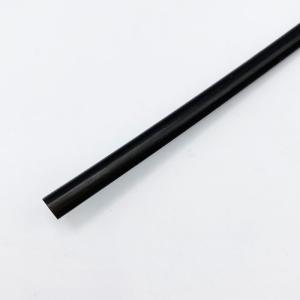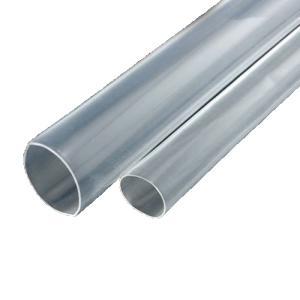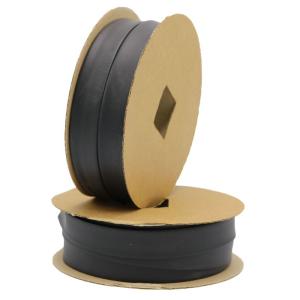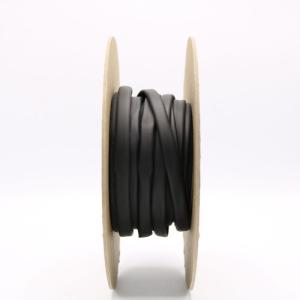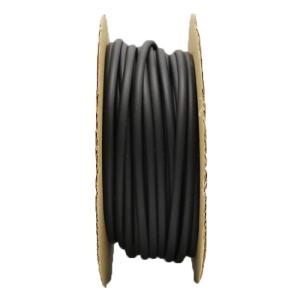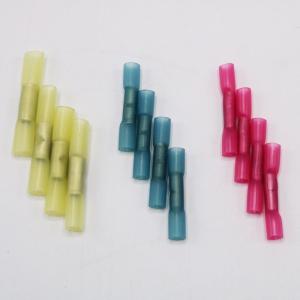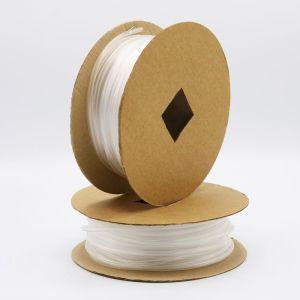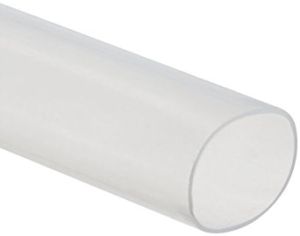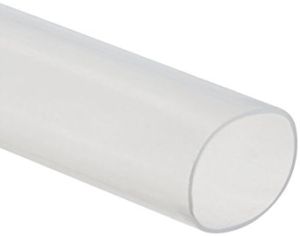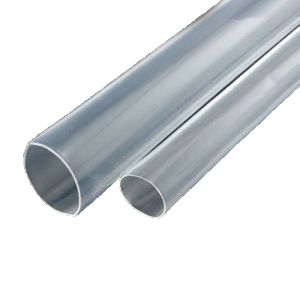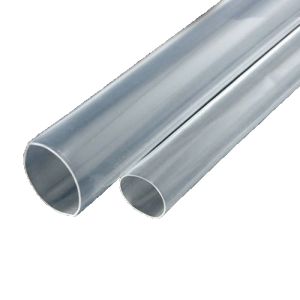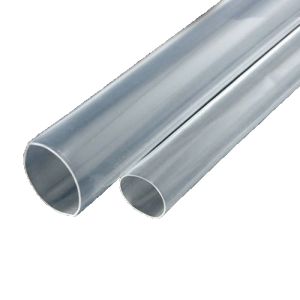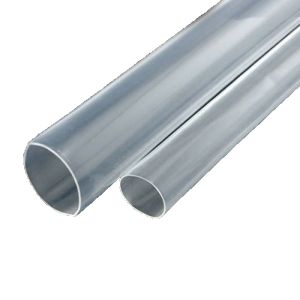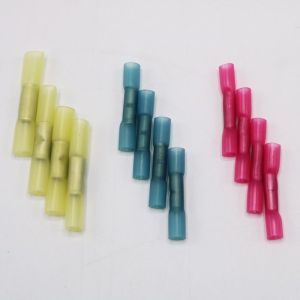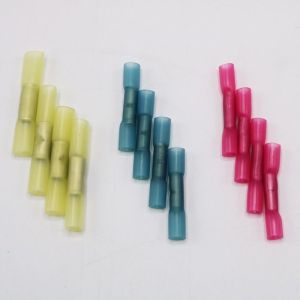High Temperature and Chemical Resistant
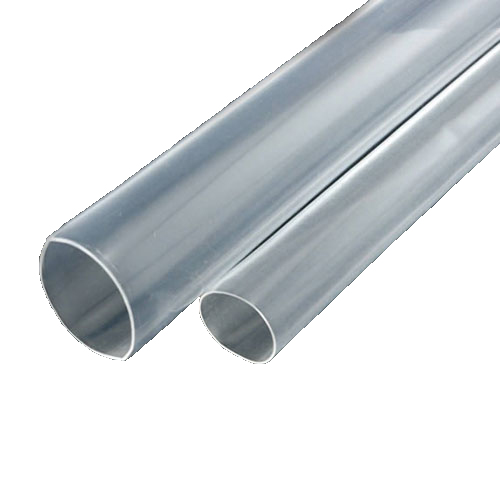
The chemical and heat-resistant heavy-hitters of heat shrink tubing
Sometimes, you need heat shrink tubing that can handle extreme conditions, like high or low temperatures, caustic chemicals, UV or gamma radiation or more. That's where these heavy-duty types of high temperature fluoropolymer heat shrink tubing come in.
High Temperature Heat Shrink Tubing Types:
Polyvinylidene fluoride is also known as PVDF, or by the tradename Kynar. We offer both flexible PVDF and semi-rigid Kynar heat shrink tubing with the following specs:
Polytetrafluoroethylene (PTFE) is better known under the brand name Teflon®, so you may think of it as something that keeps your omelet from sticking to the frying pan, but it has so many more uses than that. PTFE heat shrink is usable over a wide range of temperatures, although its one drawback is its extremely high shrink temperature, which can only be achieved with a torch. It is also available adhesive-lined.
Confusingly, fluorinated ethylene propylene (FEP) was originally also marketed as Teflon®, since the two materials are very similar, although FEP has a lower melting point, so is not used in cooking utensils. Its uses include guidewire jacketing, coating surgical instruments, dielectric insulation, component covering, waterproofing, abrasion/corrosion protection, reflow bonding, and encapsulation.
Also known as polychloroprene, this type of heat shrink tubing is resistant to fluids, solvents, and abrasion, with outstanding low temperature flexibility. This is the same material used in things like wetsuits.
Fluoroelastomer, known by the trade name Viton, protects against aggressive chemicals in high temperature environments but also remains flexible at low temperatures.
A: High Temperature and Chemical Resistant Heat Shrink Tubing types all offer a range of high and low temperature flexibility as well as caustic chemical and UV rays resistance. PTFE provides the most flexibility with a continuous operating temperature range of -270°C to 260°C.
A: They are the technical terms for the type of polymer structure that a particular type of heat shrink tubing is made of. While they may seem intimidating or scary, they're basically straightforward.
The prefix "poly-" in a lot of them just indicates a lot of a particular kind of molecule chained together — poly means "many." In general, those molecules are made of carbon and hydrogen, which are two of the most common and harmless elements in the universe. For most of the heat shrink tubing above, the extra element is fluorine,
While its natural state is as a pale yellow-green gas that is highly reactive, because of its reactivity it does not occur in its elemental state in nature. It is also a poor conductor of heat or electricity, which makes it a good insulator.
This is why it's common in high-temperature heat shrink applications. It bonds so aggressively with other elements that the bond is very difficult to break through things like heat or oxidation.
